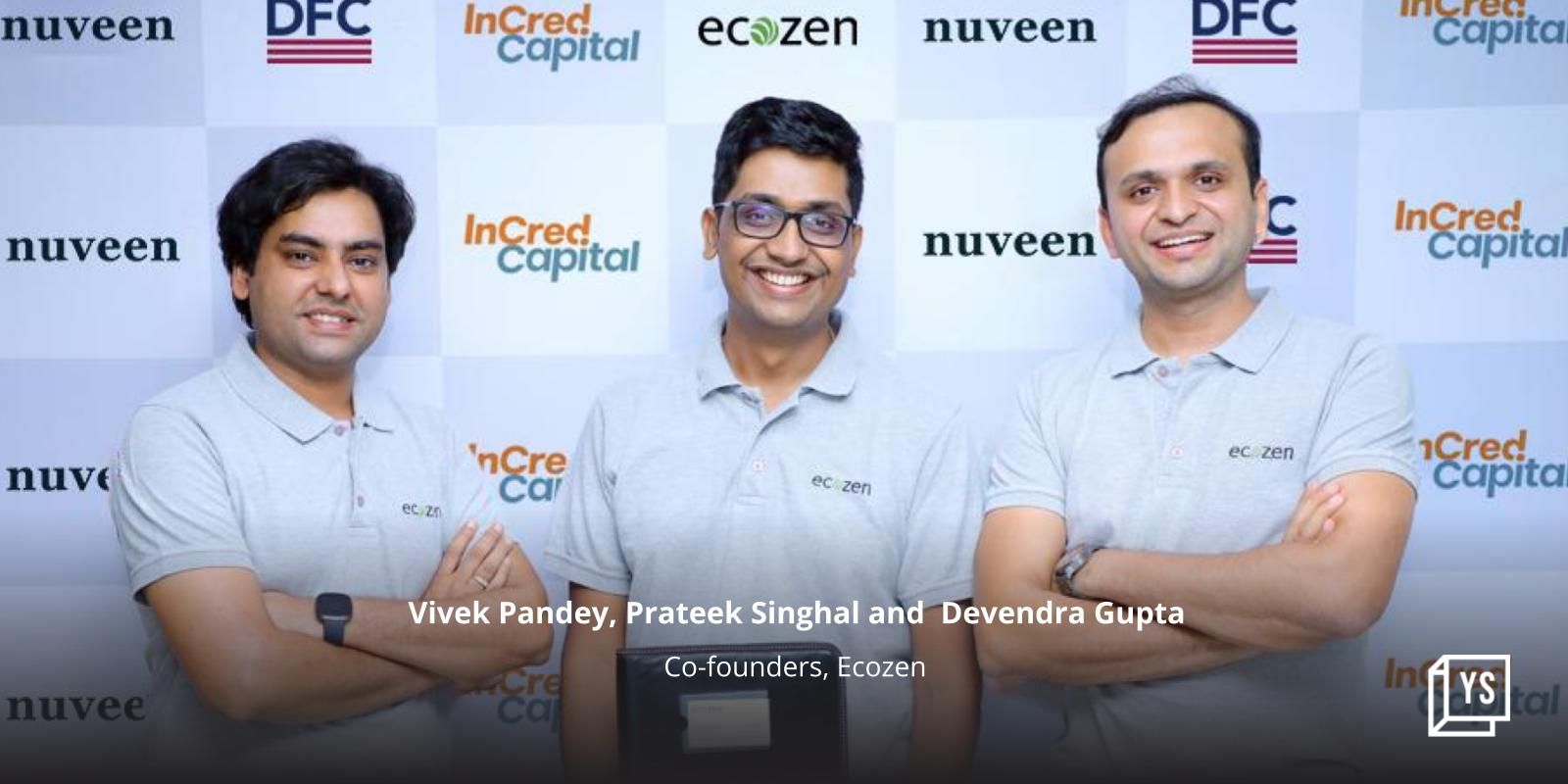Why a data-centric system will make healthcare affordable to all, not just the wealthy and insured
In a country where there are 900 million people and 300 million children below the age of five, there is a reason to take a re-look at the entire healthcare ecosystem in the country. Where there is largely no data of what medicine we consume and how the ailment was treated previously, there is every need for different stakeholders to come together. Healthcare insurance has been sold in this country merely as a tax-saving and accident-protection instrument, and care is provided more based on the premium one pays than the data on one's medical history. No wonder health insurance is still less than five percent of India’s GDP. Perhaps, like the Unified Payments Interface (UPI) – Indian government's initiative to drive the economy through digital payments – we need to ponder over a unified healthcare system in this country. This looks at healthcare through the eyes of unified data, collated from different stakeholders, and not through the silos of premiums paid or care provided. There is a case to even revamp government healthcare systems and also make sure that with a data-oriented system the cost of healthcare can actually drop. Ninety-five percent of India spends on healthcare through their savings and this can change if stakeholders come on to a digital platform for healthcare, which integrates with Aadhar and the UPI.
There is no escaping the fact that India is going digital, with the increased dependence on smartphones and the emergence of languages technologies to make people understand their health history. The case for digital data has to be made by regulators like the Insurance Regulatory Development Authority (IRDA), Central Drugs Council of India (CDCI) and Medical Council of India (MCI). Unfortunately, there is little movement in this regard.

Today, healthcare is being enjoyed by people who can afford insurance premiums. There are not more than 70 million people who access healthcare in proper hospitals, and it gets worse as we go into smaller towns and villages. The problems in Indian healthcare delivery are well known, but here is a take on what else can be done with technology to create a unified healthcare data platform.
- Create a platform like the UPI for healthcare: Every time one changes a doctor there are a new set of medicines (generics) treating the ailment. The patient has no way of understanding the path to recovery or even the dos and don’ts. There is no information available apart from the word of the doctor. There are a whole lot of interventions that startups are trying to offer. Startups like Healthifyme and GoQii are trying to figure out dietary and physical attributes of individuals. This data can be used by insurance companies to offer lower premiums and can also allow hospitals to lower the cost of care. Startups like DocNMe are collating information of pregnant women and gynaecology treatments. The smartphone and wearables are primary drivers of information collection and act as an information bridge for delivery of care. However, the challenge is for regulators to create an interface for many Indians to benefit from the collation and application of data. There are only about 25,000 gynaecologists to serve over 350 million women that have reached fertility in India. “Data capture and application is the hardest in India. Our technology is a platform that can capture information of pregnant women from rural primary healthcare centres, social-workers and connect hospitals and insurers,” says Bhupendra Chopra, Co-founder of Doc N Me.
- Using Aadhaar-based identification in government hospitals: While government hospitals subsidise care, there are over 800 million people that use government centres for treatment. The data collected here is in the form of paper and patients do not maintain these records. Now that there are more than one billion registrations, Aadhar can be used to collate healthcare information of patients to avoid sifting through papers to find records. There is opportunity to spend on technology with an objective to capture information of every rural patient. The system can be cloud-based in an Indian data centre. This way there is data sovereignty too. These records can be used to make insurance inclusive. “The Aadhaar-based system is not just an identification platform. It can help Indians access public services to improve lives,” says Nandan Nilekani, former CEO and Co-founder of Infosys.
- Hospitals working with startups should go beyond pilot stage: Today, there are very few hospitals working with startups. Only the like of Philips, GE and Siemens have access to large hospitals to sell medical equipment. The data is closely guarded by hospitals and is mostly trade data. Startups like Practo have emerged to solve this solution in the long term. For Practo to become a stronger company they need to convince hospitals to use Hospital Information Systems to get a 360-degree view of the patient. This way care can be administered efficiently.
- Digitised records could work as an early warning system and make patients visit hospitals on a priority basis. This way they can provide care for those who need it the most. CloudNine, the maternity care chain, has been experimenting with ways to become a digital hospital. “There is a need for information capture from patient to doctor, from doctor to business, from patient to insurance and also focus on timely care. We are experimenting with ideas to make things easier for the patient. In a couple of years we can have a platform for technology to give us a single view of the patient from home to hospital,” says Rohit M A, Managing Director, CloudNine. Doctors should be asked to use digital dashboards to view case-history of patients.
- Insurance and hospitals need to look beyond just revenue scale as a measure: Data is available with hospitals and insurance companies. It is just that these two parties have no standards and benefits in coming together. There is so much disparity between the two parties that patients and the insured are the ones who suffer from the lack of these institutions in not getting together in creating data that tracks a patient lifecycle. The insurance companies want to increase new business premiums; they are not focussed on getting renewal premiums through making data available on why their policies matter for individuals.
Today, the sales plug to buying health insurance policies is in marketing the tie-ups that insurers have with a number of hospitals and the treatments that these hospitals provide. But can they make insurance personal? Premiums can be different for millennial Indians and their health benefits can be focussed towards getting fitter instead of focussing on treatments and accident insurance. Hospitals should stop providing care on the value of the policy that the insured has paid for. It should be based on the ailment and the case history.
Although it is not possible to change things overnight, these investments have to be made in order to make an impact on lives over the next decade.









![[Funding alert] Digital lending platform Revfin raises Rs 100 Cr in debt round](https://images.yourstory.com/cs/2/31ee0510ca7c11eba975c529dced399e/MalvikaCopyofImageTagging52-1647263527421.png)

![[Product Roadmap] How this Shark Tank startup brings analytics, Moneyball, data to kabaddi](https://images.yourstory.com/cs/2/a9efa9c02dd911e9adc52d913c55075e/NewLogoforimagesEditorialTeamMaster-1644336662634.jpeg)